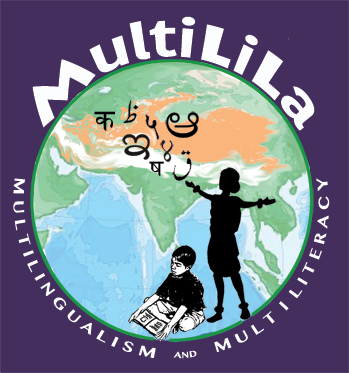Measuring the multilingual reality: lessons from classrooms in Delhi and Hyderabad
Amy Lightfoot, Anusha Balasubramanian, Ianthi Tsimpli, and Jeanine Treffers-Daller
International Journal of Bilingual Education and Bilingualism (2022) Vol. 25, No 6, 2208-2228.
(DOI: 10.1080/13670050.2021.1899123)
Abstract
India’s linguistic diversity is reflected in classrooms across the country, where multiple languages are used by teachers and learners to negotiate meaning and instruction – a multilingual, multicultural student body is the norm, whether in urban or rural contexts. This study documents teaching practices in English language and maths lessons in Delhi and Hyderabad, with a specific focus on language use. The findings from 104 classroom observations allow us to profile multilingual practices used in schools with different official mediums of instruction. Results reveal a predominant use of ‘language mixing’ in the classroom, in both English- and regional language-medium of instruction contexts – especially in English subject lessons. Maths lessons in regional-medium schools did not involve as much language mixing by the teachers but this was still a strong feature for learners. The data also shows differences between language use particularly when comparing English-medium schools in each city. Specifically, lessons in Delhi were characterised by absolutely no occurrences of English used on its own by the teachers (as recorded during five-minute intervals), compared to significantly greater use of English alone in Hyderabad English-medium and Telugu-medium schools. Delhi teachers appear to use a greater amount of language mixing during each lesson.

